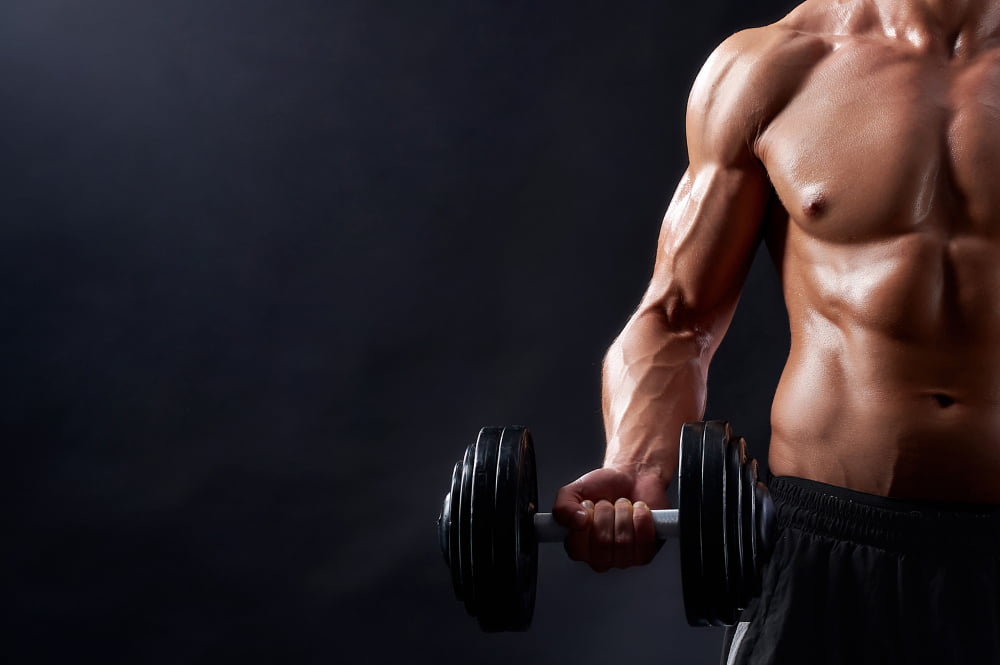It is simple to slouch while working at a desk or gazing down at a phone. If this sounds familiar to you, you might want to think about getting a posture corrector. There are numerous different configurations for these devices. To help them sit up straight, many people use posture correctors, such as braces, specialized clothing, or tech-enabled devices.
Due to many factors, maintaining good posture is more difficult than ever. Is wearing a posture corrector really all it takes to improve your hunched-over posture or text neck? Do posture correctors work? Let’s examine the science to find out.

How Effective Is Posture Corrector?
Corrective posture devices are the best for enhancing your body’s posture. The fact that posture correctors are all made to address the muscle imbalances that result from spending a lot of time in unnatural, fixed positions is what unites them all. The pectoral muscles in the front of the chest tend to tighten, whereas the upper back’s rhomboids and middle trapezius muscles tend to stretch. Correctors can assist in engaging the muscles that haven’t been used enough and provide a map of where they should be.
The process by which the body senses its position in space by receiving sensory feedback is known as proprioception. Proprioception makes it easier for you to move without pausing to think about each step. You can use it to touch your nose while closing your eyes, to descend a flight of stairs without looking down, or to sit in a chair without looking behind you.
You can develop a more acute awareness of what good posture feels like and what you need to do to achieve it by using correctors to improve your proprioceptive senses.
Tips On How To Use Posture Corrector
It is advised to restrict use to a few hours per day. Your body may become so dependent on the device if you wear it for an extended time that you may revert to your previous rounding. It shouldn’t be a crutch that ultimately causes more harm than good.
The most important thing is not to intend to use a posture corrector regularly. There is no set period during which you must wear one, but when you notice yourself in the mirror with better posture, that is the moment you can bid your little assistant farewell.
Consider it similar to training wheels; everyone will have different preferences regarding how long they wish to use them. These tools work best with an exercise programme that strengthens your posture. Your objective is to make your body aware of what it feels like to be in perfect alignment and to build the muscles necessary to get there.
The goal is to become more conscious of what your body is doing and then guide it into a more advantageous position. You should use those stabilizing and postural muscles while wearing the posture corrector so your body can recruit them on its own in the future.
Bottom Line
Wearable aids called posture correctors make sitting and standing up straighter. They can help you become more aware of your posture and develop the muscles necessary to keep it that way. To avoid slouching and avoid pain, you can, fortunately, set up an ergonomic workstation and try postural exercises.



